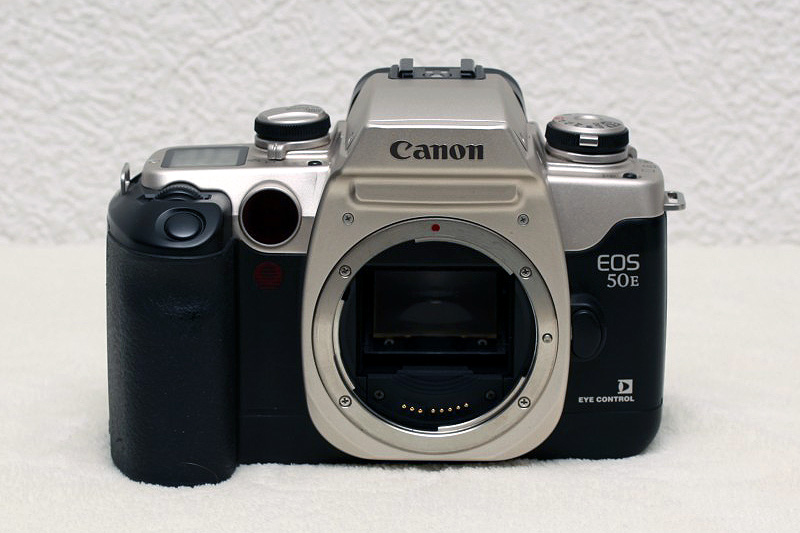Not too sure. OK there are weather sealings and the top and bottom are made of molded magnesium but the inwards are plastic (polycarbonate, yes, but plastic nonetheless) and so the lens mount is bolted on a plastic plate.
This was my concern when the D600 came out, because I have a heavy lens I use very often (Nikkor Ai-S 180/2.8 ED). This is why I got a D700 eventually. And also why Nikon is said to have reinforced things somehow on the D610, although the D610 is still plastic made.
At that price for the body only I'm quite disappointed to discover that it's the same plastic inwards construction as on the D600-610...
🙁



